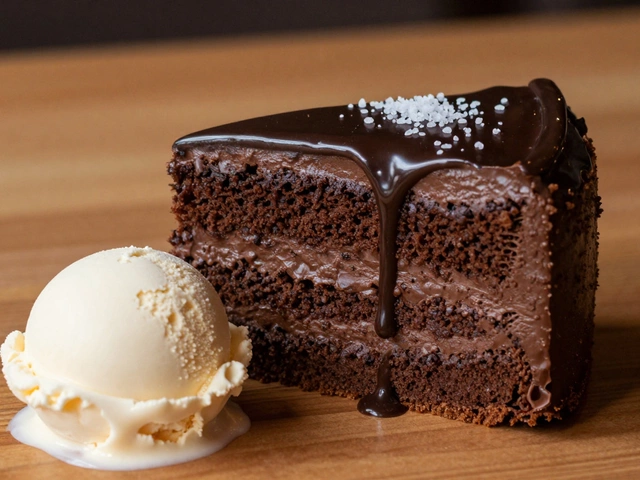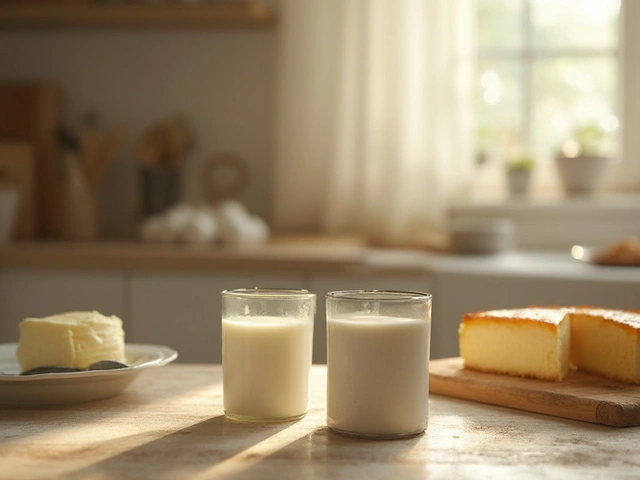Fruit Wax: Easy Ways to Coat and Preserve Fresh Fruit
Ever wonder why the fruit at a bakery looks glossy and lasts longer? That shine usually comes from a thin layer of edible wax. A little fruit wax can keep moisture in, protect against bruises, and give a professional look to homemade treats. The good news is you can mix it yourself with a few pantry items and skip pricey store‑bought sprays.
Why Use Fruit Wax?
First off, wax adds a protective barrier. It slows down oxidation, so your apples or pears stay crisp for days instead of hours. Second, the glossy finish makes fruit more appealing—perfect for cake decorations, dessert platters, or a fruit‑themed candy bar. Finally, most food‑grade waxes are safe to eat in small amounts, so you’re not adding any nasty chemicals.
Step‑by‑Step Homemade Fruit Wax
Ingredients you’ll need:
- 1 cup of water
- 2 tablespoons of food‑grade beeswax, soy wax, or carnauba wax (you can find these in the baking aisle or online)
- 1 teaspoon of lemon juice (helps the wax spread evenly)
- A pinch of salt (optional, improves texture)
Instructions:
- Heat the water in a small saucepan until it’s just below boiling.
- Add the wax pieces and stir gently. Keep the heat low—wax melts quickly and can burn.
- When the wax is fully liquefied, whisk in the lemon juice and salt. The mixture should look clear and slightly syrupy.
- Let the liquid cool for a minute, then transfer it to a shallow bowl or a small spray bottle.
- Dip each piece of fruit into the wax, turning it so the coating is even. If you use a spray bottle, mist the fruit lightly and rotate it until the whole surface glistens.
- Place the waxed fruit on a cooling rack. As the wax sets, it will become a thin, firm layer that you can see and feel.
That’s it! The whole process takes under 15 minutes and gives you a bakery‑level finish.
When you store wax‑coated fruit, keep it in a fridge drawer away from strong odors. A airtight container works best, but don’t stack the fruit too tightly or the wax may crack. If you notice any dull spots, a quick re‑dip will restore the shine.
Common problems and fixes:
- Wax looks grainy? Make sure the wax is fully melted and the water isn’t too hot.
- Coating is uneven? Try a thinner wax‑to‑water ratio or use a spray bottle for a more uniform mist.
- Fruit gets soggy? Dry the fruit thoroughly before dipping; excess moisture stops the wax from bonding.
Now you’ve got a simple, cheap way to make fruit look perfect and stay fresh longer. Use the wax on apples for a caramel‑apple look, coat strawberries for a glossy topping on a cake, or try it on pineapples for a tropical candy display. Have fun experimenting and enjoy the extra wow factor on your desserts!

Why Some Fruits Aren't Vegan: Surprising Truths
Though fruits are generally considered essential for a vegan diet, not all are as straightforwardly vegan as one might think. Some fruits are treated with non-vegan waxes and other substances to extend their shelf life, making them unsuitable for strict vegans. This article explores why certain fruits might not fit vegan criteria, including the role of animal-derived ingredients. Discover how to identify vegan-friendly fruits and make informed choices for your plant-based lifestyle.
View More




